Home>Storage Ideas>Kitchen Storage>How To Organize Cabinets In A Small Kitchen: 7 Pro Tips
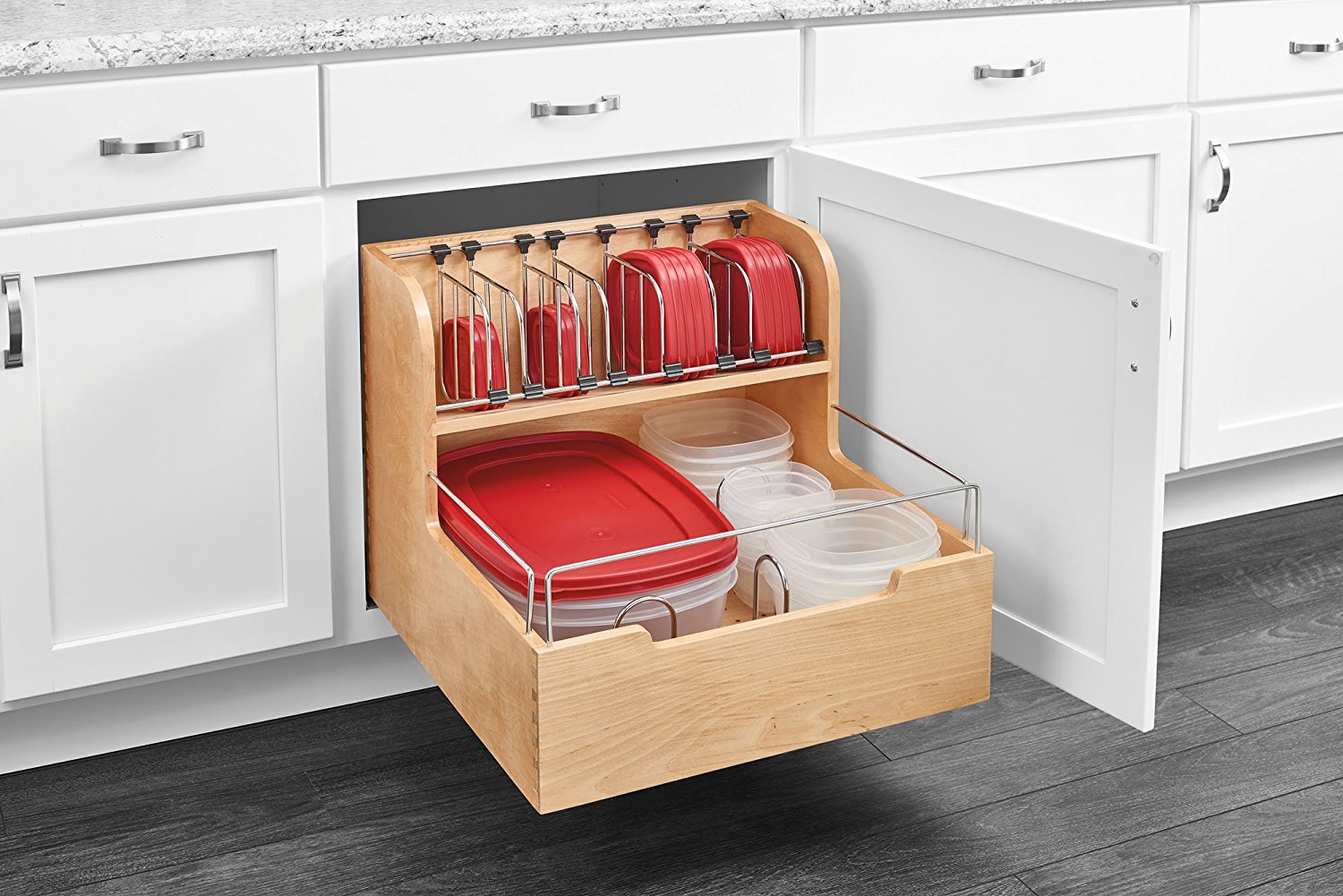

Kitchen Storage
How To Organize Cabinets In A Small Kitchen: 7 Pro Tips
Modified: January 7, 2024
Discover 7 pro tips to efficiently organize cabinets in your small kitchen with these clever kitchen storage ideas. Transform your space and maximize functionality!
(Many of the links in this article redirect to a specific reviewed product. Your purchase of these products through affiliate links helps to generate commission for Storables.com, at no extra cost. Learn more)
Introduction
Welcome to our expert guide on how to organize cabinets in a small kitchen. If you’re tired of rummaging through cluttered cabinets and struggling to find what you need, you’re in the right place. With a few pro tips and some clever storage solutions, you can transform your small kitchen into a well-organized space that maximizes functionality and efficiency.
A small kitchen can present unique challenges when it comes to storage, but don’t worry – we’ve got you covered. In this article, we’ll share seven expert tips to help you make the most of your cabinet space, declutter, and create a system that will make your daily kitchen tasks a breeze.
Whether you’re looking to improve the organization of your pots and pans, find a better way to store your food containers, or simply create more space for your kitchen gadgets, these tips will help you maximize every inch of your cabinets. So, let’s dive in and discover how to create a well-organized and efficient kitchen storage system.
Key Takeaways:
- Declutter and sort through your belongings to create a clean and organized kitchen. Utilize vertical space, drawer organizers, and adjustable shelf organizers to maximize storage capacity and keep your kitchen essentials easily accessible.
- Group items by function or category, and use labeling to maintain organization. By following these tips, you’ll create an efficient and enjoyable kitchen experience, making every culinary adventure a breeze.
Read more: How To Organize Small Pantry Cabinet
Tip 1: Decluttering and Sorting
The first step to organizing your cabinets in a small kitchen is to declutter and sort through your belongings. Over time, we tend to accumulate items we no longer use or need, which only takes up valuable space in our cabinets. Decluttering is essential to create a clean and organized kitchen.
Start by taking everything out of your cabinets and sorting them into different categories. This will help you see what you have and make decisions on what to keep, donate, or discard. Be ruthless in your decluttering process – if you haven’t used an item in the past year, it’s likely you won’t miss it.
As you sort through your items, consider the functionality and usefulness of each one. Do you have duplicate items? Are there any damaged or broken pieces that can be thrown away? By eliminating unnecessary items, you’ll create more space and make it easier to find the things you actually use.
Once you’ve decluttered, it’s time to evaluate your storage needs. Take note of the items you use frequently and those that are only used on special occasions. This will help you determine how to best allocate cabinet space and prioritize accessibility.
Consider investing in storage containers or bins to keep similar items together and make them easier to find. Stackable containers are especially useful in maximizing vertical space. Clear containers or baskets can also be beneficial as they allow you to see the contents without having to rummage through the cabinets.
Remember, the key to effective decluttering is to keep only what you need and use regularly. By doing so, you’ll free up space in your cabinets for items that truly belong and create a more organized kitchen environment.
Tip 2: Utilizing Vertical Space
In a small kitchen, it’s crucial to make the most of every inch of available space. One effective way to do this is by utilizing vertical space in your cabinets. By thinking vertically, you can create additional storage areas and keep your countertops clear of clutter.
Start by installing shelves or risers inside your cabinets. These shelves can be adjustable to accommodate different heights of items. This allows you to stack dishes, bowls, and mugs vertically, maximizing the storage capacity within your cabinets.
Another idea is to hang hooks or install a pegboard on the inside of cabinet doors. This provides a convenient spot to hang pots, pans, or cooking utensils. It also keeps these items within easy reach, reducing the time and effort required to retrieve them.
Additionally, consider using a tension rod to create an additional storage solution. Place a tension rod vertically between the shelves and hang lightweight items such as cutting boards or dish towels. This simple hack provides a quick and easy way to utilize otherwise unused space.
For items that are used less frequently, such as seasonal baking pans or specialty cookware, consider investing in over-the-door organizers. These organizers typically have multiple compartments and can be easily hung over the pantry or cabinet doors, creating vertical storage for various items.
Lastly, if space allows, consider installing a pot rack or a hanging shelf above your kitchen island or peninsula. This not only adds a decorative element to your kitchen but also provides a practical storage solution for pots and pans.
Remember, when utilizing vertical space, it’s important to keep functionality and accessibility in mind. Avoid overloading shelves or hooks, as it can make it difficult to retrieve items without causing a mess. By making the most of your vertical space, you can effectively increase your storage capacity and maintain a clean and organized kitchen.
Tip 3: Implementing Drawer Organizers
When it comes to organizing your cabinets in a small kitchen, don’t overlook the power of drawer organizers. Drawers can quickly become a jumbled mess if there’s no designated space for each item. By implementing drawer organizers, you can create a system that keeps everything in its place and makes it easy to find what you need.
Start by assessing the items you store in your kitchen drawers. Are you using them to store utensils, measuring cups, or other kitchen gadgets? Take a look at the sizes and shapes of the items to determine the type of organizers that would work best for your needs.
There are various types of drawer organizers available, including adjustable dividers, cutlery trays, and expandable organizers. These organizers come in different sizes and configurations, allowing you to customize your drawers based on your specific storage needs.
Use dividers or adjustable trays to separate and organize your utensils. This will not only make it easier to find what you need but also prevent them from becoming tangled or misplaced. For smaller items such as measuring spoons or small gadgets, consider using compartments with removable dividers, allowing you to create a space that perfectly fits your items.
For larger utensils or gadgets, opt for deeper compartments or dedicated spaces within the drawer organizer. This will prevent them from shifting or getting tangled with other items. You can even designate a specific drawer for frequently used cooking tools to keep them easily accessible and organized.
In addition to utensils, consider utilizing drawer organizers for other kitchen essentials, such as food storage containers and lids. Stackable or nesting containers can be stored neatly in a drawer with the help of dividers or adjustable organizers. This not only frees up cabinet space but also makes it easier to find matching containers and lids.
Remember to periodically reassess your drawer organizers and make adjustments as needed. As your kitchen gadgets or utensil collections change, you may need to rearrange or invest in new organizers to accommodate your evolving needs.
Implementing drawer organizers is a simple yet effective way to create order within your cabinets and keep your kitchen essentials easily accessible. By having a designated spot for each item, you’ll reduce clutter and streamline your cooking and meal prep processes.
Tip 4: Maximizing Shelf Space with Adjustable Organizers
When it comes to organizing your cabinets in a small kitchen, making the most of your shelf space is essential. One effective way to achieve this is by utilizing adjustable organizers. These versatile tools allow you to customize the layout of your shelves to maximize storage capacity and create an organized system.
Start by measuring the height of your cabinet shelves and assess the items you need to store. Adjustable shelf organizers come in various sizes and configurations. Look for organizers that can be expanded or contracted to fit the height of your shelves.
Consider using stackable shelf organizers to create additional layers within your cabinets. These organizers allow you to make use of the vertical space while still keeping items easily accessible. Stack containers, plates, or small appliances on these shelves to maximize your storage space.
Another option is to use tiered shelf organizers. These organizers create multiple levels on a single shelf, effectively doubling your storage capacity. They are perfect for storing cans, spices, or jars, allowing you to see and access everything without digging through the back of the cabinet.
For items that tend to tip or slide, such as cutting boards or baking sheets, use vertical or horizontal file organizers. These organizers will keep these items upright and easily accessible without taking up too much space.
Adjustable wire or plastic dividers are also handy tools to maximize shelf space. They can be used to create sections within your cabinets to keep plates, bowls, or pots and pans organized. Additionally, they can prevent stacks from toppling over and decrease the chance of items getting lost in the back of your cabinets.
When using adjustable organizers, keep in mind that accessibility is key. Ensure that you can easily reach the items stored on higher shelves without straining or risking an avalanche of items falling. Consider placing frequently used items within easy reach and reserve the higher shelves for less frequently used items or ones that don’t require regular access.
Maximizing shelf space with adjustable organizers allows you to efficiently utilize every inch of your cabinets. It creates a visually pleasing and functional storage system that will make your life in the kitchen much more organized and efficient.
Use stackable shelves to maximize vertical space in your cabinets. This will help you create more storage room for dishes, mugs, and other items in a small kitchen.
Tip 5: Using Door-Mounted Storage Solutions
When it comes to organizing cabinets in a small kitchen, don’t forget about the valuable real estate on the inside of your cabinet doors. Utilizing door-mounted storage solutions is a clever way to maximize your storage space and keep commonly used items easily accessible.
There are several types of door-mounted storage solutions available, including adhesive hooks, wire racks, or pocket organizers. The choice depends on your specific needs and the items you want to store.
Adhesive hooks are a simple and inexpensive solution for hanging items such as oven mitts, towels, or measuring spoons on the inside of your cabinet doors. These hooks can be easily installed and removed without damaging the surface of the door. Plus, they keep your items within arm’s reach, eliminating the need to search through drawers or cabinets.
Wire racks are perfect for organizing spices, jars, or small bottles. These racks can be easily mounted on the inside of cabinet doors, providing additional storage space and preventing items from cluttering up your shelves. Opt for adjustable wire racks to accommodate different sizes of bottles or containers.
Pocket organizers, often made of fabric or clear plastic, are another fantastic option for door-mounted storage. These organizers come with pockets or compartments of various sizes, allowing you to store a wide range of items such as cutting boards, pot lids, or cleaning supplies. Hang these organizers on the inside of your cabinet doors with the help of hooks or adhesive strips.
When utilizing door-mounted storage solutions, ensure that it doesn’t interfere with the opening and closing of your cabinets. Consider the depth and height of your items to avoid any potential obstruction.
Additionally, take advantage of the vertical space on the inside of the cabinet doors by installing a corkboard or a metal sheet. This allows you to hang notes, recipes, or measuring conversions, keeping them easily visible while keeping your countertops clutter-free.
Using door-mounted storage solutions not only maximizes your storage space but also makes it effortless to grab the items you need while cooking or preparing meals. It’s a smart way to keep your kitchen organized and efficient.
Tip 6: Grouping Items by Function or Category
One of the key principles of effective kitchen organization is grouping items by function or category. By organizing your cabinets in this way, you’ll create a system that makes it easier to find what you need and streamlines your cooking and meal preparation processes.
Start by grouping similar items together. For example, keep all your baking supplies such as measuring cups, mixing bowls, and baking pans in one designated cabinet or section of a cabinet. This way, when you’re ready to bake, everything you need is located in one spot.
Consider creating separate zones for different categories, such as cooking utensils, pots and pans, food storage containers, or small appliances. This helps to maintain order and prevents items from getting lost in the chaos of a cluttered cabinet.
Within each category, further subdivide items by function or size. For example, group your cooking utensils together and consider using dividers or containers to keep spatulas, spoons, and whisks separate. This prevents them from becoming tangled and makes it easier to find the tool you need.
If you have a large collection of spices, consider organizing them alphabetically or by cuisine type. Use a tiered spice rack or drawer insert to keep everything easily visible and accessible. This avoids duplicate purchases and makes it convenient to find the right spice for your recipe.
Grouping items by function or category also applies to your pantry. Keep all canned goods together, organize your pasta and grains, and separate snacks from baking supplies. Utilize clear containers or labeled baskets to group similar items and create a visually pleasing and functional pantry space.
Remember, when grouping items, it’s important to keep frequently used items within easy reach. Reserve harder-to-reach areas for items that are used less often or for long-term storage of seasonal equipment.
By grouping items by function or category, you’ll create an organized and efficient kitchen system that saves you time and frustration. It ensures that everything has a designated place and makes it easy to find what you need when you need it.
Tip 7: Labeling and Maintaining Organization
The final step in organizing your cabinets in a small kitchen is labeling and maintaining the organization you’ve established. Labeling plays a crucial role in helping you and others easily locate items and keep the system organized in the long run.
Start by creating a labeling system that works for you. There are various options to choose from, including adhesive labels, chalkboard labels, or even a label maker. Decide on a labeling method that suits your personal style and the aesthetics of your kitchen.
Begin by labeling the shelves or sections within your cabinets. Use clear and concise labels to designate specific areas for different items or categories. For example, label one shelf as “Baking Supplies” and another one as “Canned Goods.”
Next, consider labeling individual containers or bins. If you use clear storage containers, you can apply labels directly to the containers themselves. This allows you to instantly identify the contents without having to open each container.
Labeling is especially important in the pantry, where items are stored out of sight. Use labels on shelves to indicate where specific items should be placed. Label storage containers with the names of the contents or expiration dates to ensure that everything is organized and easily accessible.
Maintaining organization is equally important as implementing it in the first place. Set aside some time regularly to tidy up your cabinets and ensure that items are in their designated spots. This helps to prevent clutter from accumulating and maintains the efficiency of your kitchen storage system.
Consider doing a quick decluttering session every few months to assess whether there are any items you can further streamline or remove. This ensures that your cabinets don’t become overwhelmed with unnecessary items and that you’re making the most of your storage space.
Encourage other household members to adhere to the organization system by explaining the benefits and showing them how it’s structured. When everyone is on board and understands the logic behind the organization, it becomes easier to maintain and keep your cabinets tidy.
Lastly, be open to making adjustments to your organization system as needed. Over time, you may discover better ways to group items or realize that certain storage solutions aren’t working effectively. Don’t be afraid to reevaluate and make changes to optimize your kitchen organization.
By labeling your cabinets and diligently maintaining the organization, you ensure that everything stays in its rightful place and can be easily found when needed. This final step solidifies your efforts and creates a functional and efficient kitchen that you’ll love using every day.
Conclusion
Organizing cabinets in a small kitchen can be a game-changer when it comes to maximizing space, efficiency, and overall functionality. By implementing the seven expert tips we’ve shared in this guide, you’ll be well on your way to creating a well-organized and clutter-free kitchen.
Remember to begin by decluttering and sorting through your belongings, getting rid of items you no longer need or use. Utilize vertical space by installing shelves, hooks, or tension rods to make the most of your cabinet’s height. Implement drawer organizers to keep utensils and gadgets neatly arranged.
Maximize your shelf space with adjustable organizers, making use of stackable shelves or tiered organizers for optimal storage. Take advantage of the often neglected space on the inside of your cabinet doors with door-mounted storage solutions, such as hooks, racks, or pocket organizers.
Grouping items by function or category ensures that everything has its place and makes it easy to find what you need. Consider using labels to further enhance organization and facilitate easy retrieval of items. Lastly, maintain the organization by regularly decluttering and tidying up your cabinets.
By following these tips and maintaining the organization you’ve established, you’ll create an efficient and enjoyable kitchen experience. Say goodbye to the frustration of searching through cluttered cabinets and hello to a well-organized kitchen that fosters creativity and efficiency in your daily cooking and meal preparation tasks.
So, roll up your sleeves, get started, and transform your small kitchen into a space that maximizes storage, minimizes stress, and makes every culinary adventure a breeze!
Frequently Asked Questions about How To Organize Cabinets In A Small Kitchen: 7 Pro Tips
Was this page helpful?
At Storables.com, we guarantee accurate and reliable information. Our content, validated by Expert Board Contributors, is crafted following stringent Editorial Policies. We're committed to providing you with well-researched, expert-backed insights for all your informational needs.
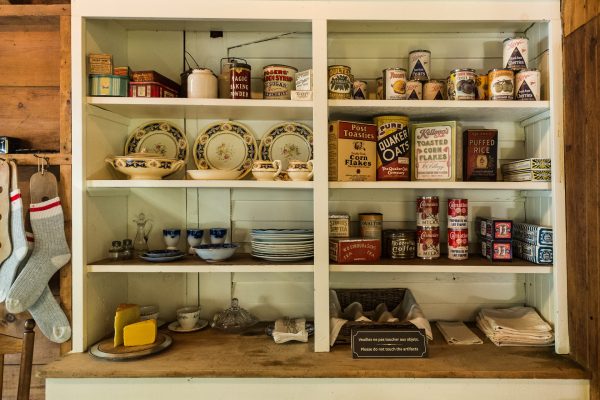
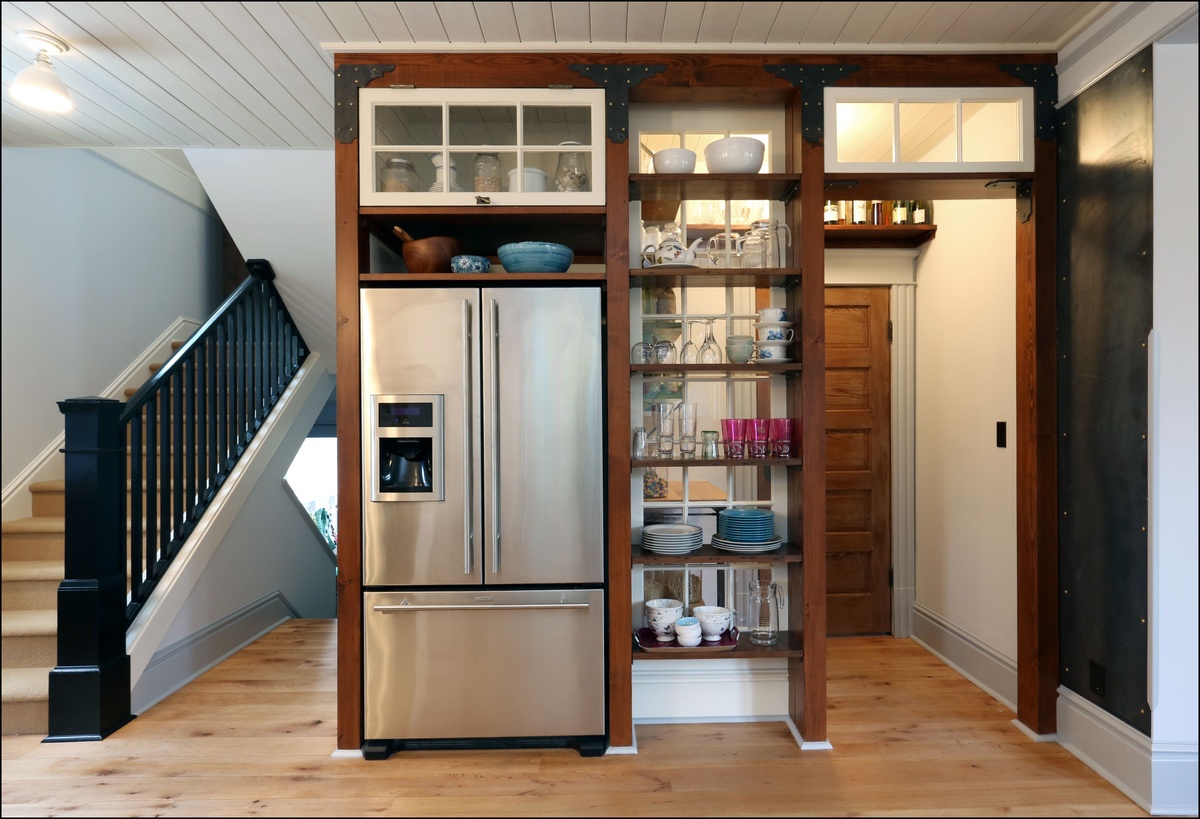
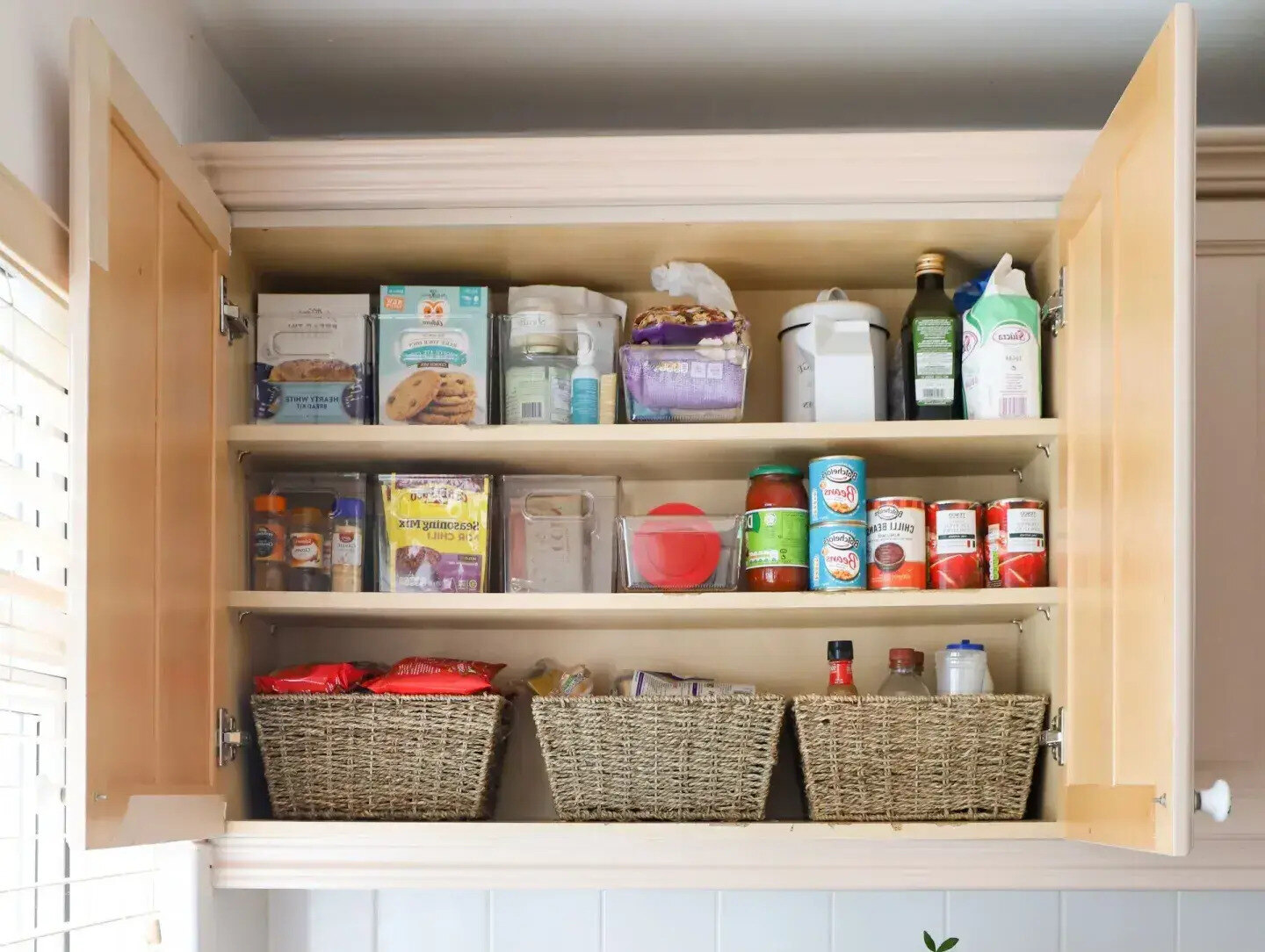
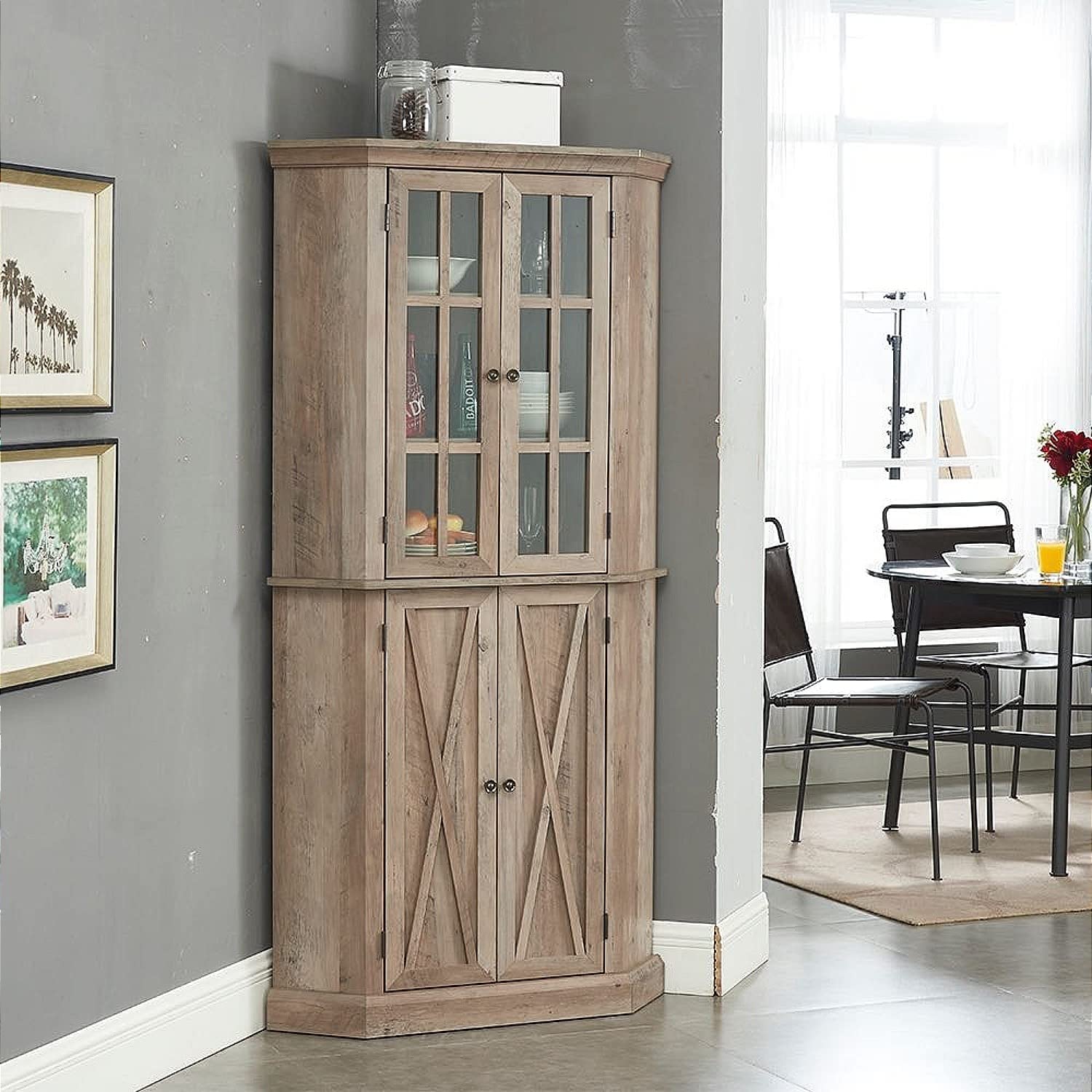
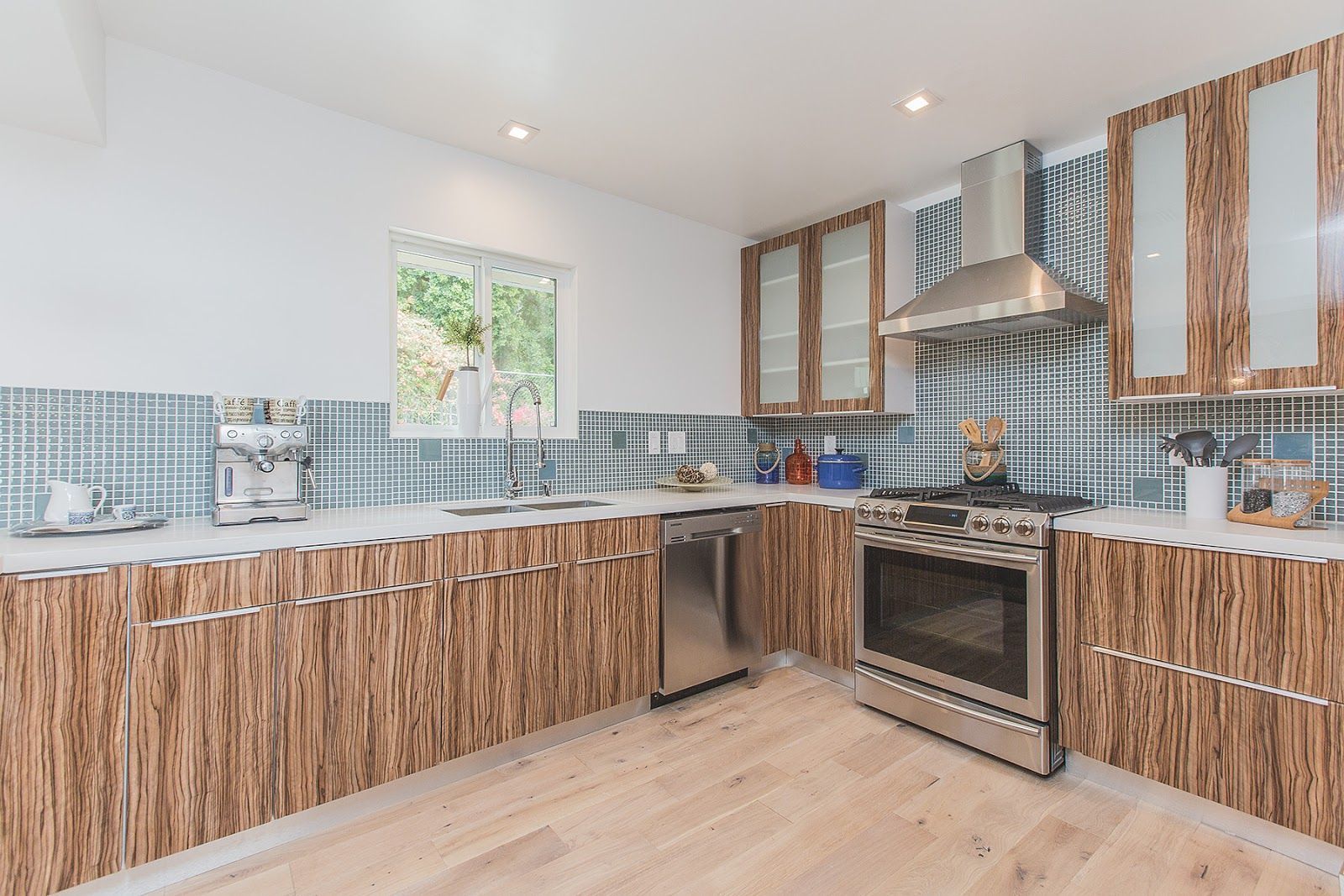
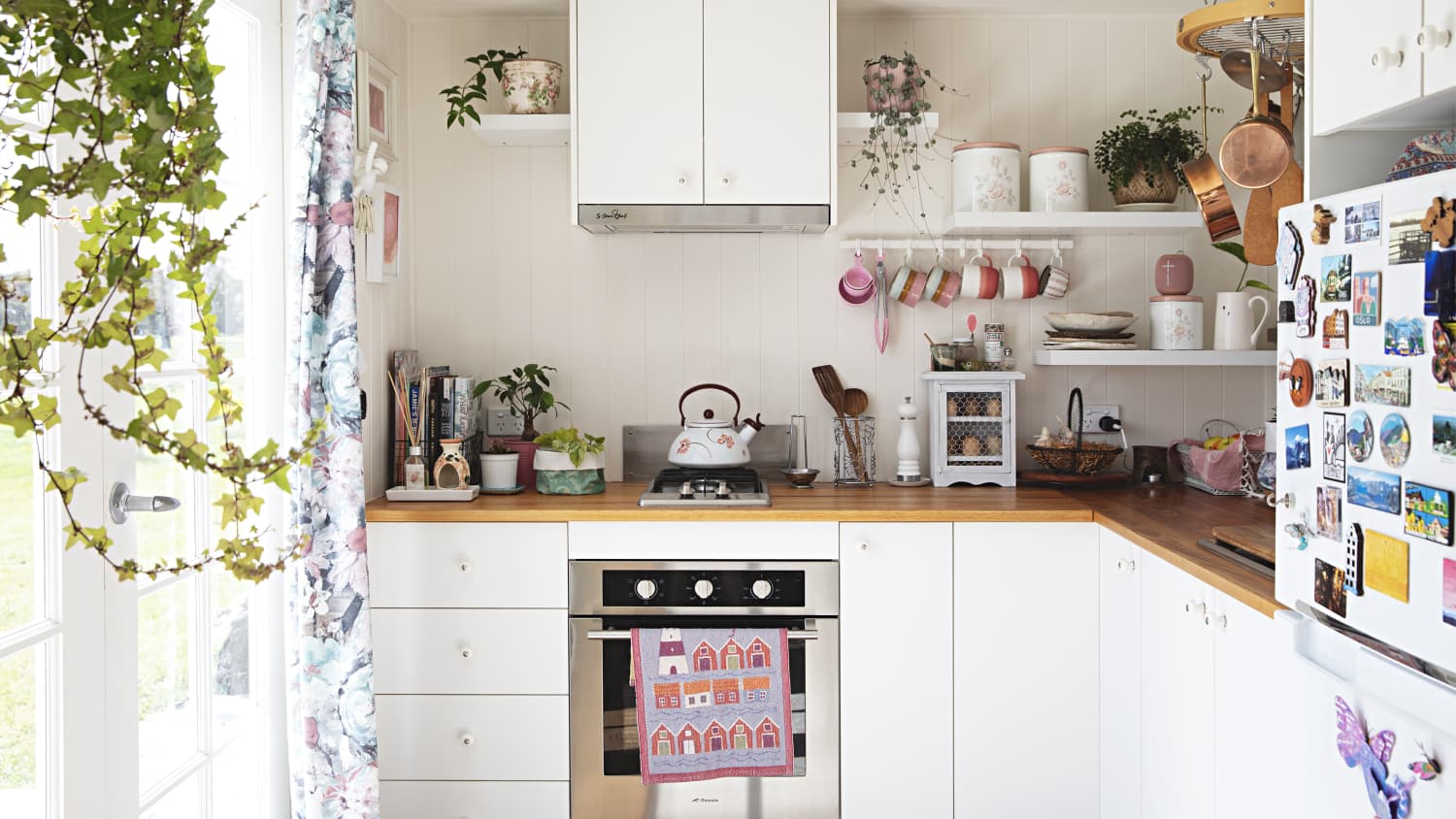
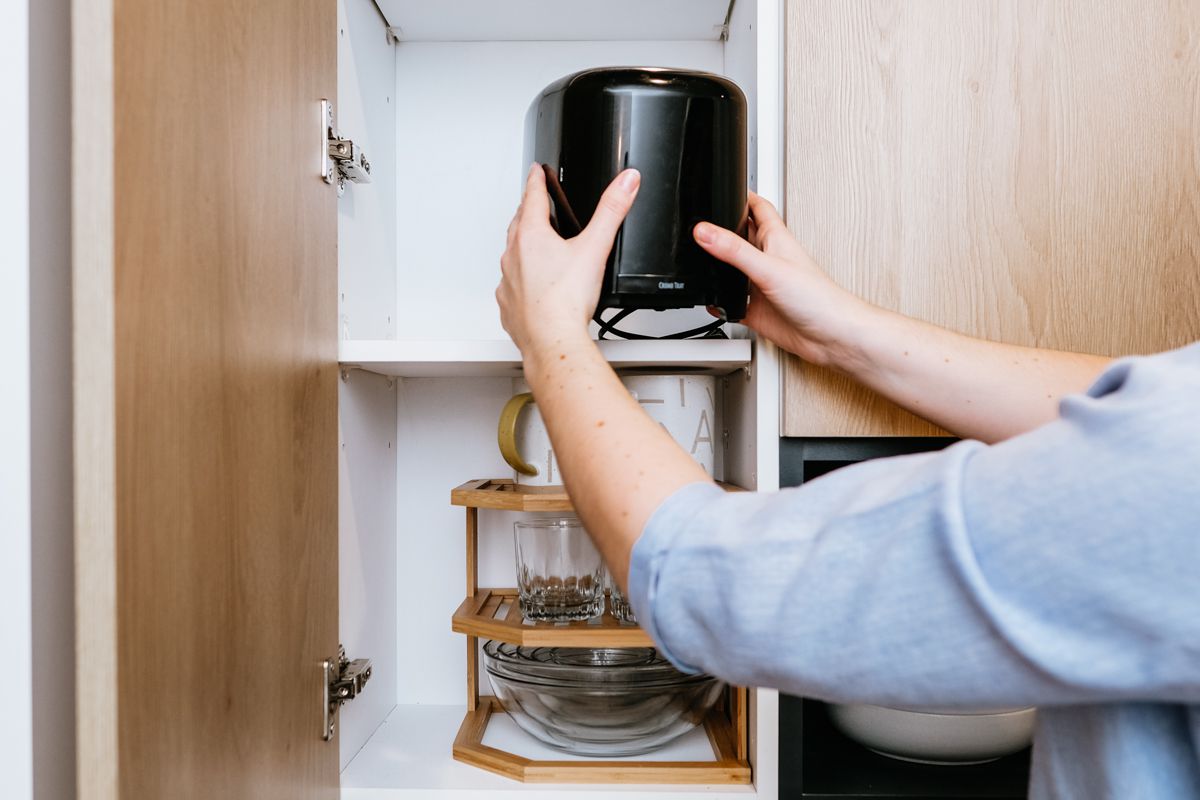

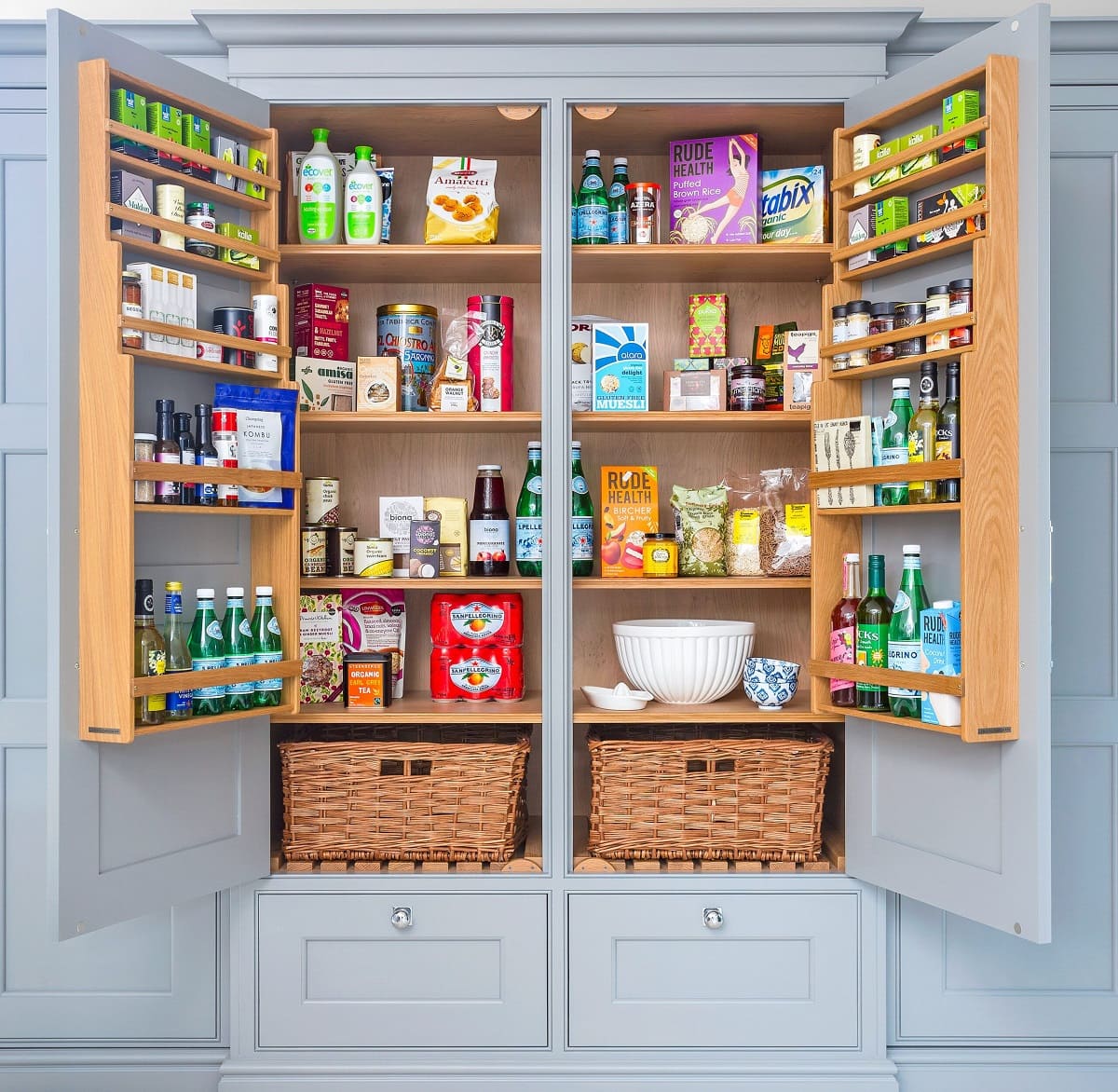
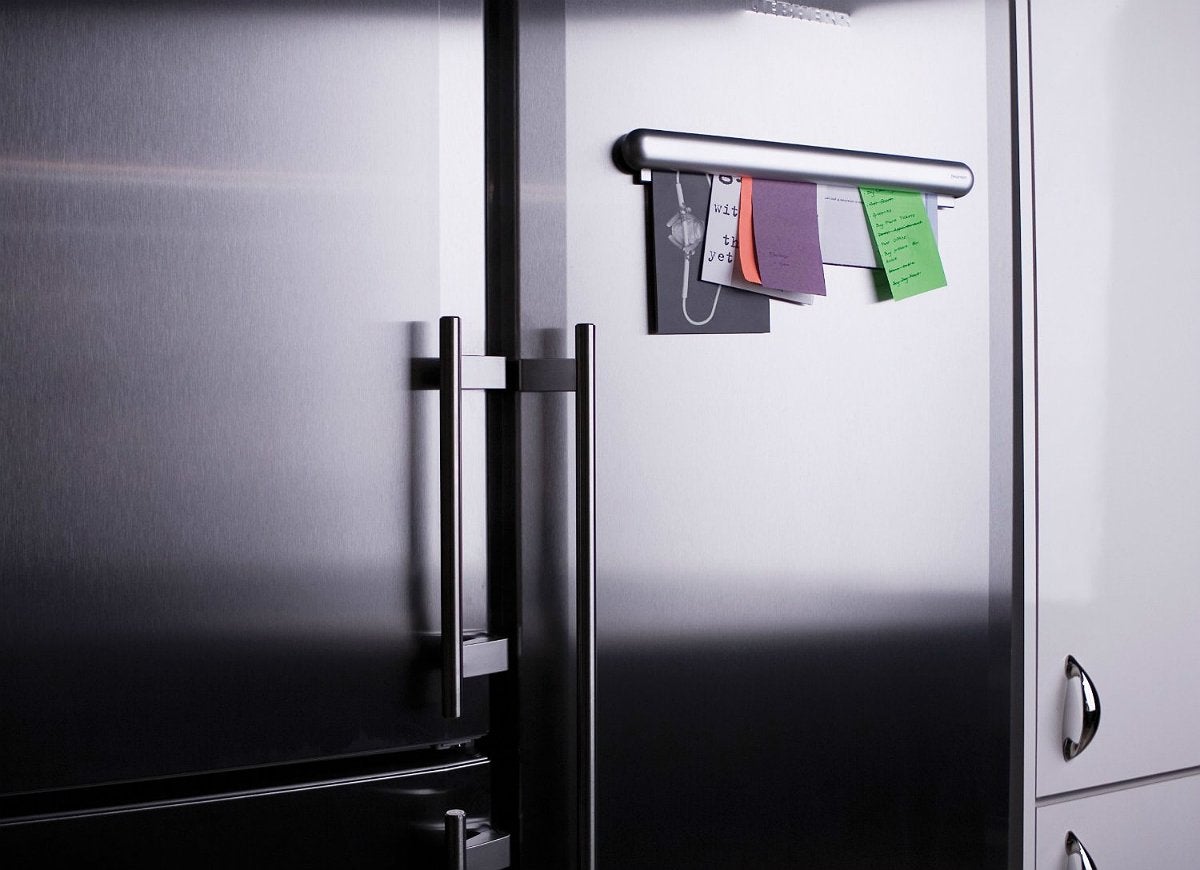
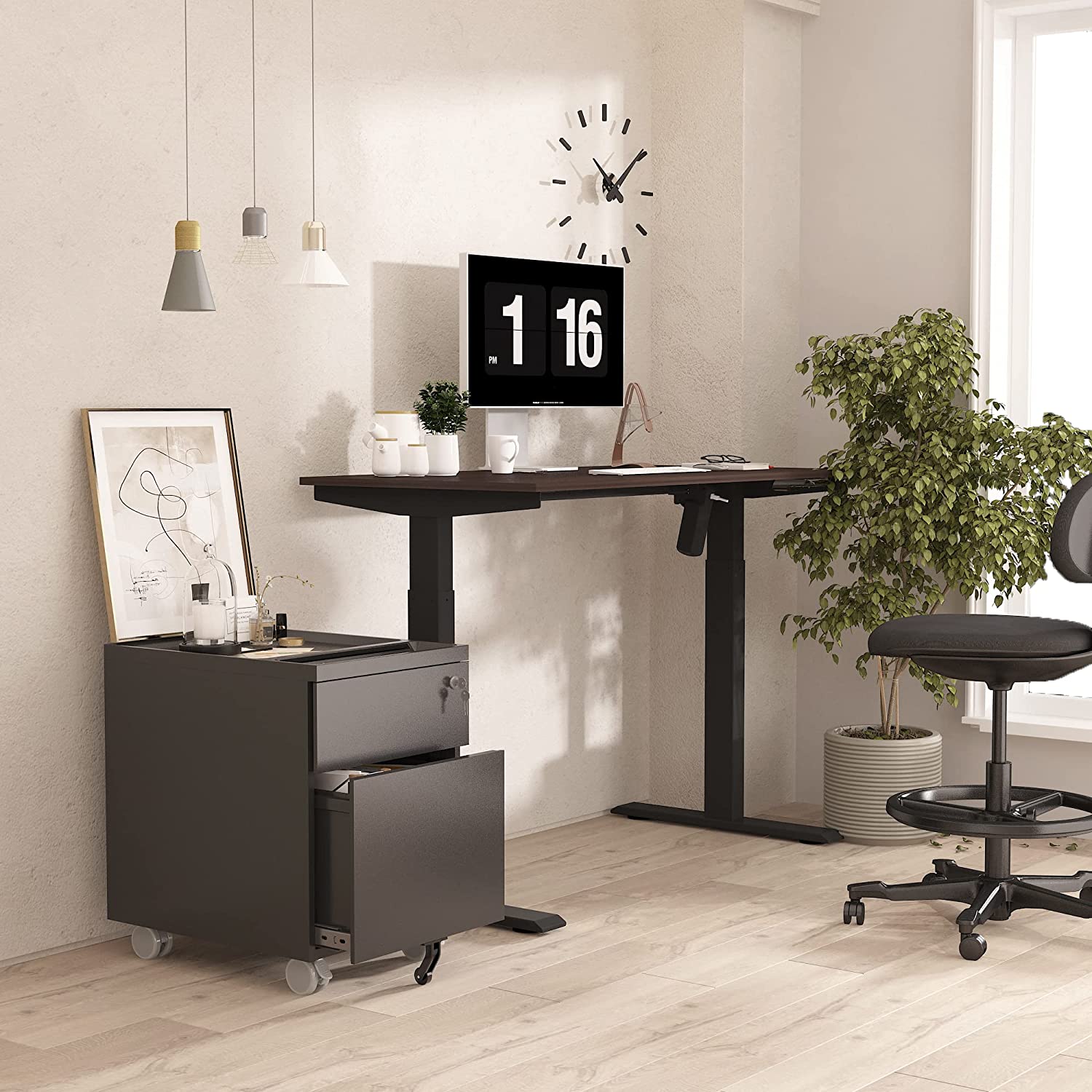
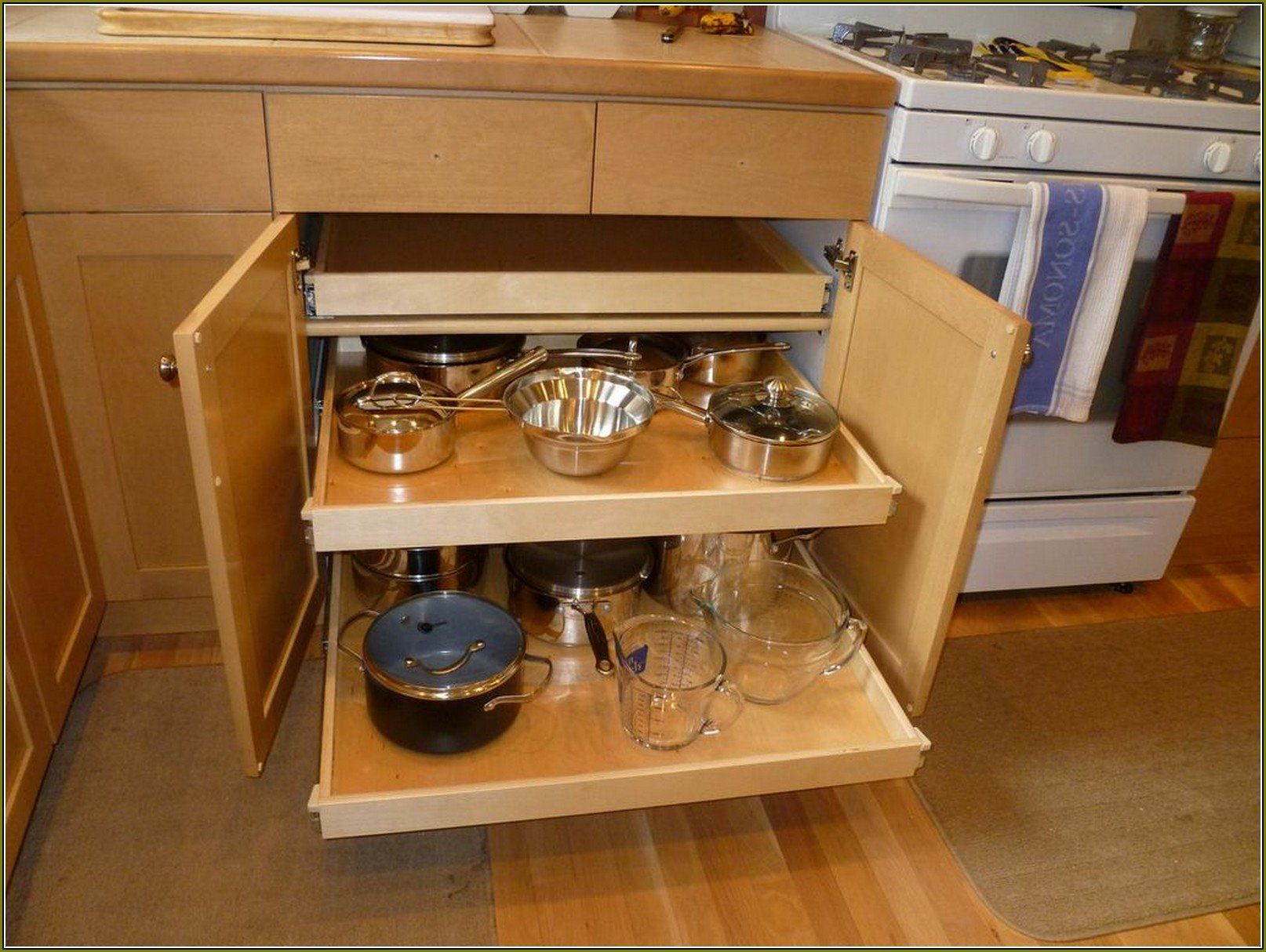
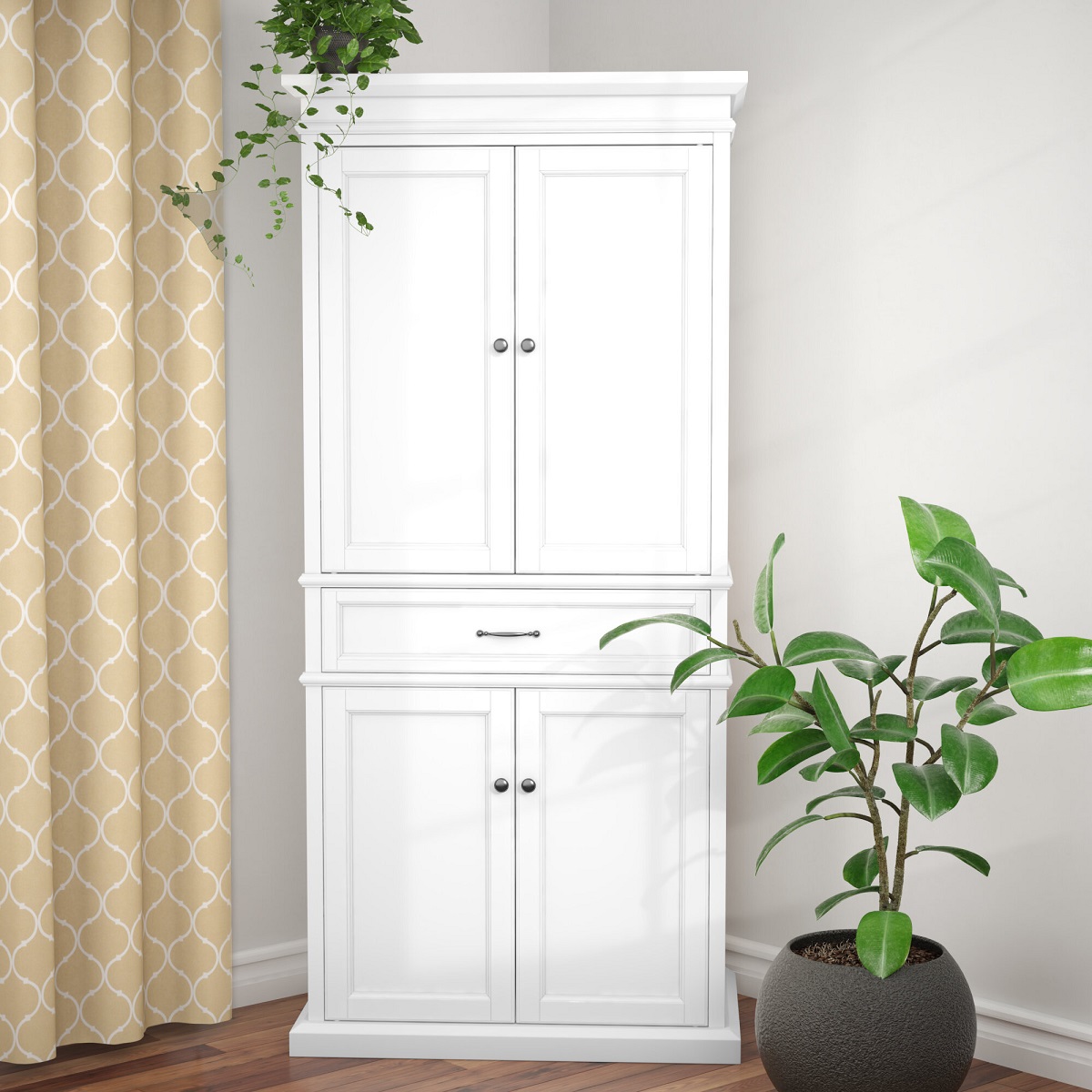
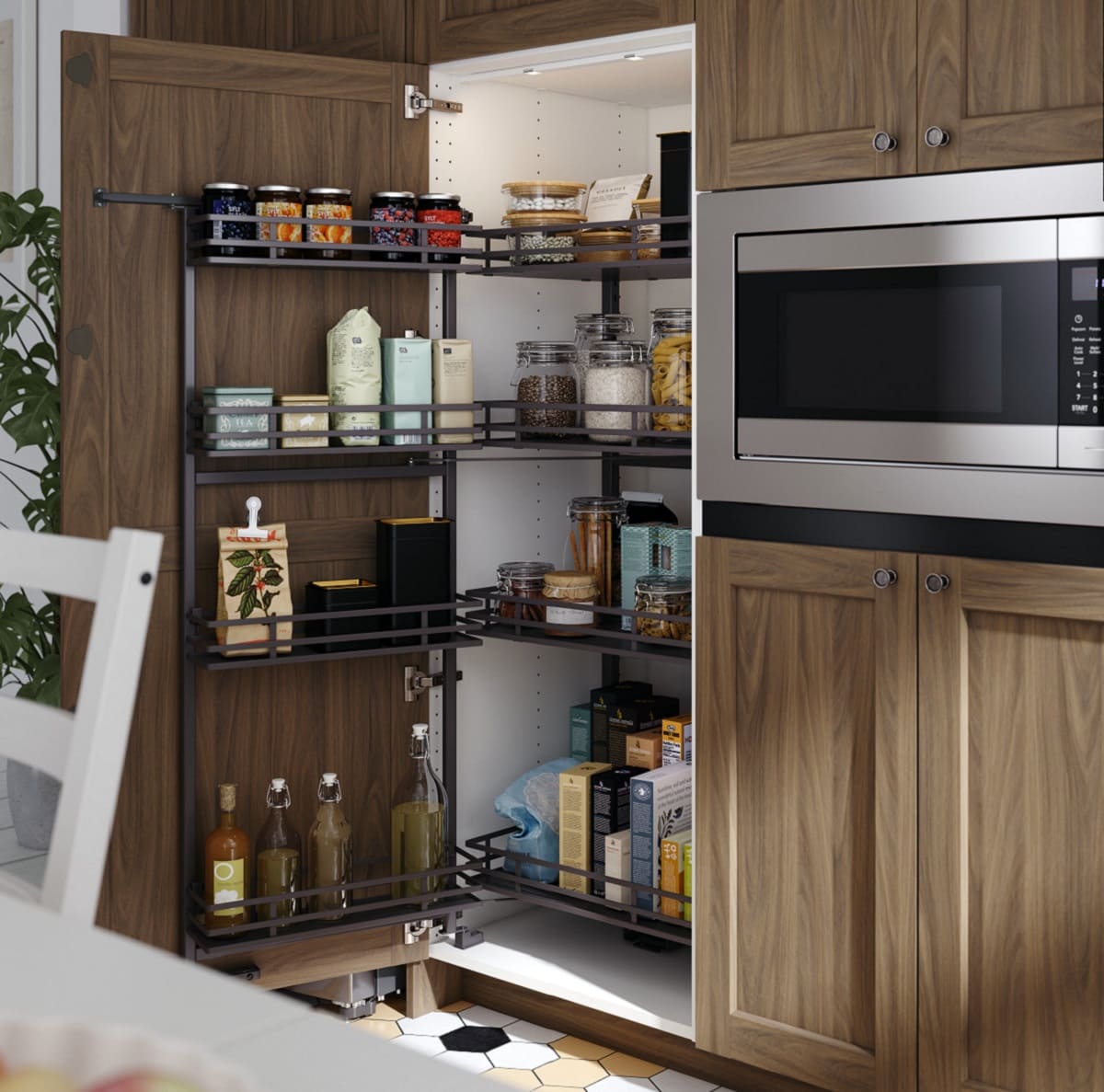

0 thoughts on “How To Organize Cabinets In A Small Kitchen: 7 Pro Tips”